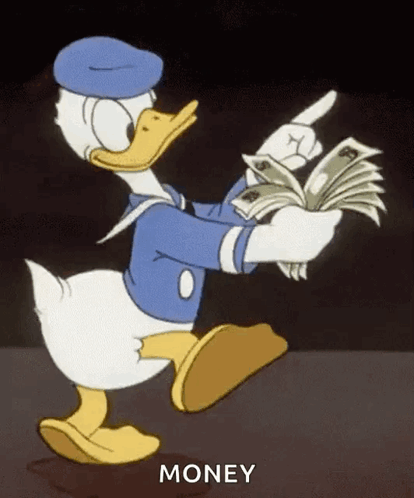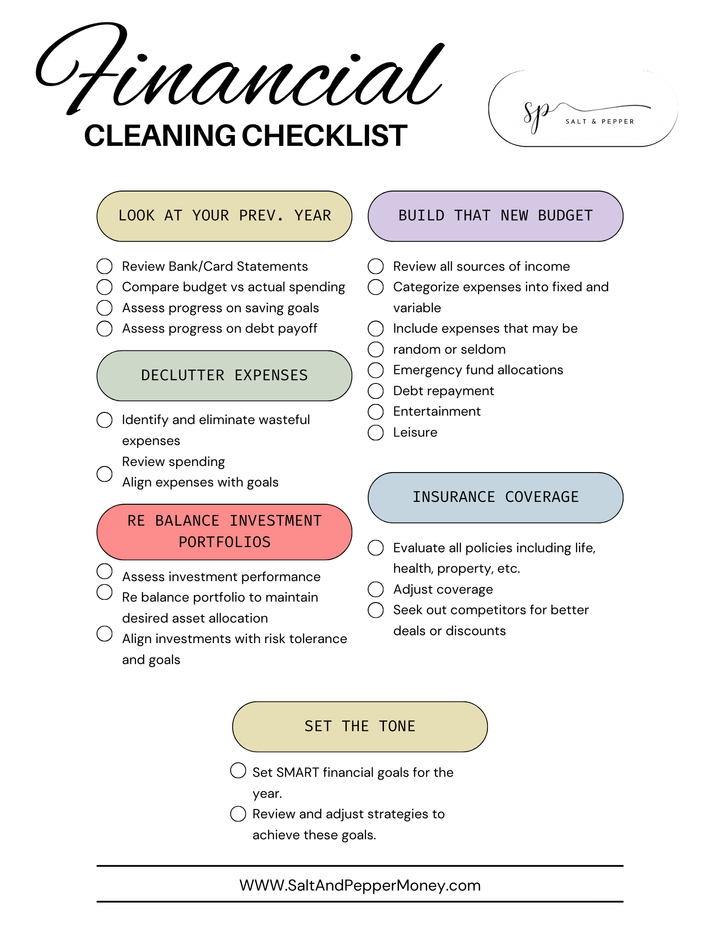2024 Cash Envelope System to be A Saving Success
Time to stuff it-with cash. Here is our guide to the cash envelope system in 2024 for better savings and a debt free year.

What is the Cash Envelope System for Beginners?
If you're just starting to take control of your finances, the cash envelope system is a brilliantly simple yet effective tool. It's a method of budgeting where you use physical cash and envelopes for different spending categories.

Here's how it works:
- Budget Creation: Begin by determining your monthly income and then create a budget for your expenses. Categories might include groceries, entertainment, dining out, and transportation.
- Envelope Labeling: After defining your categories, take an envelope for each and label it accordingly.
- Cash Allocation: Withdraw the total amount of cash you've allocated for your expenses and distribute it into the respective envelopes. For instance, if you've budgeted $300 for groceries, place that amount in the "Groceries" envelope.
- Spending Rules: When you need to make a purchase, use only the cash from the relevant envelope. If the "Dining Out" envelope is empty, that's a signal to stop spending in that category for the month.
This method is particularly effective for beginners because it turns abstract numbers into tangible cash, making it easier to grasp and control spending.
Does the Cash Envelope System Work?
Yes- if you work with it. The effectiveness of the cash envelope system often sparks debate. Here's why it works for many:
- Tangible Spending Limits: It's harder to overspend when you can physically see the money leaving your envelope.
- Simplified Budgeting: For those overwhelmed by spreadsheets or apps, this system simplifies budgeting to its basics.
- Promotes Discipline: It enforces discipline as once an envelope is empty, you're done spending in that category.
However, it's not without drawbacks. It's not suitable for online purchases or automated bill payments, and carrying cash can be a security concern for some.
Is Cash Stuffing a Good Idea?
many users find cash stuffing to be a huge success. Keep in mind, cash stuffing, a term often used interchangeably with the cash envelope system, refers to the act of filling envelopes with cash for various budget categories. Whether or not it's a good idea depends on your personal financial habits and goals.
Pros and Cons of Cash Stuffing
The cash stuffing method, while straightforward and effective for many, comes with its own set of advantages and disadvantages. Understanding these can help you decide if this approach aligns with your financial management style.
Pros of Cash Stuffing
- Visual Reminder: Empowering and Motivating: Physically seeing your money divided into envelopes can be incredibly empowering. It offers a clear picture of your financial situation.
- Conscious Spending: As you watch the cash in each envelope decrease, it serves as a constant reminder of your spending limits and goals.
- Immediate Feedback: Real-Time Budget Tracking: Unlike digital transactions that can take time to reflect in your account, cash gives you real-time feedback on your spending.
- Adaptable Spending: This immediate feedback allows you to quickly adjust your spending habits before they become problematic.
Cons of Cash Stuffing
- Security Risk:Potential Loss or Theft: Carrying and storing a significant amount of cash can increase the risk of loss or theft.
- Lack of Protection: Unlike digital transactions, cash doesn't come with fraud protection or the ability to trace it if lost.
- Inconvenience:Limited to Physical Transactions: In an increasingly digital world, the cash envelope system can be impractical for online shopping or automated bill payments.
- Extra Effort Required: Regularly withdrawing cash, organizing it into envelopes, and ensuring you have the right amounts for different needs can be time-consuming and cumbersome.
In essence, while cash stuffing can be a great tool for managing and visualizing your budget, it may not be the best fit for everyone. The decision to use this method should take into consideration your lifestyle, spending habits, and comfort with handling physical cash.
How Many Cash Envelopes Should I Have?
Aim for a manageable number – usually between 5 to 10 envelopes – to keep your system straightforward and effective.
The number of cash envelopes you should have depends on your individual budget categories. Typically, you want an envelope for each major area of spending. Common categories include groceries, dining out, entertainment, transportation, and personal care.
Where Can I Buy Cash Stuffing Envelopes?
Cash stuffing envelopes are available in various forms and designs. You can purchase them from office supply stores, online marketplaces like Amazon, or specialized budgeting and finance websites.

Look for envelopes that are durable and allow for labeling. Some people prefer using color-coded envelopes for easy identification of different categories.
How Do You Make a Cash Envelope Binder
Creating a cash envelope binder is a great way to organize your budgeting system. Here's how you can make one:
1. Materials: Get a binder, plastic envelope sheets (usually used for storing collectible items), and labeled envelopes.
2. Organization: Place your labeled cash envelopes in the plastic sheets. Arrange them in a way that makes sense for your spending habits.
3. Customization: Add sections for budget tracking sheets or calendars to monitor your spending and budget throughout the month.
Benefits of the Cash Envelope System
- Encourages Discipline: Teaches financial discipline by making you stick to set spending limits.
- Reduces Debt: Helps in avoiding new debts and can contribute to debt reduction.
- Visual and Tangible: Offers a tangible method to track and control spending.
Downside to the Cash Envelope System
- Inconvenience: Carrying multiple envelopes can be cumbersome.
- Limited Flexibility: Less flexible for unexpected expenses or price variations.
- Safety Concerns: Carrying large amounts of cash poses a risk of loss or theft.
Example of Successful Cash Stuffing
How to Save $5,000 in 3 Months with 100 Envelopes:
- Number 100 envelopes from 1 to 100.
- Each day, pick a random envelope and fill it with the corresponding amount of cash.
- In three months, if you fill an envelope daily, you'll have saved $5,050.
Alternative to Cash Stuffing
Budget binders are one option to consider. They are more about building a concrete financial plan than a savings challenge. Which makes it great is it’s a financial command center built to grow with you.

Digital budgeting tools and apps are great alternatives. They offer the convenience and safety of digital transactions while providing features like virtual envelope systems, spending trackers, and budgeting analytics. These tools can replicate the discipline and visibility of the cash envelope system without the need for physical cash.




Comments ()